The genus Rhododendron is one of the largest species, encompassing the most spectacular of all the flowering shrubs. There are many hundreds of species giving rise to thousands of cultivars, which are usually grouped into rhododendron species or hybrids, and deciduous or evergreen hybrid azaleas: there is no botanical difference between rhododendrons and azaleas. Many of the species are indigenous to Japan and the Japanese have been growing these plants since the seventeenth century.
The evergreen Satsuki azaleas are the group most commonly used as bonsai; many Japanese enthusiasts grow these exclusively. Unlike most rhododendrons and azaleas which bloom in late spring, the very popular Satsuki flower in early summer.
Azaleas are generally slow-growing. Azalea leaf gall can be particularly destructive to azalea leaves during the early spring. Hand picking infected leaves is the recommended method of control. They can also be prone to root rot in moist, hot conditions
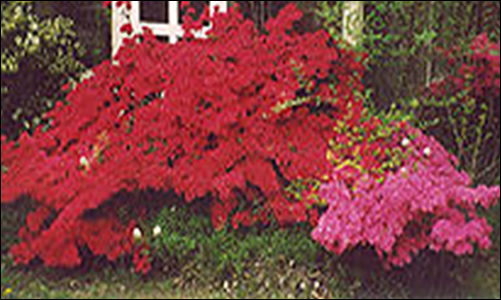
Azalea as bonsai are stunning due to the abundant flowers which come in all colours, shapes and sizes.
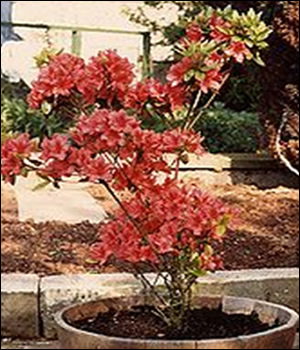
Styles
Suitable for all styles except broom and for all sizes, although small-leafed and small flowered varieties are preferred for the smaller bonsai sizes.
Cultivation
Position in partial shade, protect from frost in winter, and from heavy rain when in flower.
Water at Ieast once a day throughout the growing season, keep soil continuously moist. Use only lime-free soft water, preferably rain water. Reduce water in winter but do not allow the soil to dry out, the fine, fibrous roots system will rapidly dry out doing permanent damage in dry soil.
It is best to feed in the spring until flowering. When the flowers die feed once a month. Use only the appropriate fertilizers for acid-loving plants.
Repot as soon as flowers have died on an annual basis. Use lime-free soil mix. All rhododendrons must be in acid soil.
Prune after flowering; remove all unwanted new shoots then prune lightly until midsummer. It is essential that you remove dead flowers as soon as they die and do not allow them to form seed heads. The pads on Azalea can get dense and overcrowded so it is important to have a good structural and thinning pruning session post flowering to ensure the flower buds for the following year have space to develop into.
Extensive styling work on raw material is often done in spring and in that case flowering is omitted consciously. The wood of the azalea is brittle so that wiring and bending should be done with great care.
Problems
Flower buds not opening: in warm, dry atmospheres flower buds may have difficulty opening unless moistened by misting. Do not mist after the buds show colour.
Yellowing of leaves: This can occur in a poor growing medium that remains sodden for a considerable time after watering. Yellowing may also occur due to iron deficiency resulting from the use of alkaline potting materials, watering with hard tap water or over-feeding.
Leaf drop can occur if the plants dry out even for a short period. The oldest leaves are the first to drop. Higher leaves may show browning at the leaf tip or edge. Leaf drop can also occur following extended periods of waterlogging as the impaired roots are not able to replenish water lost through the leaves.
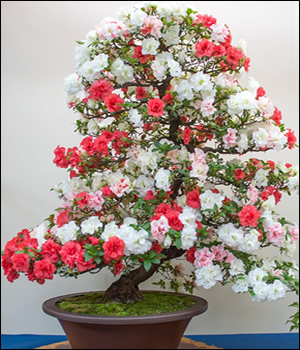
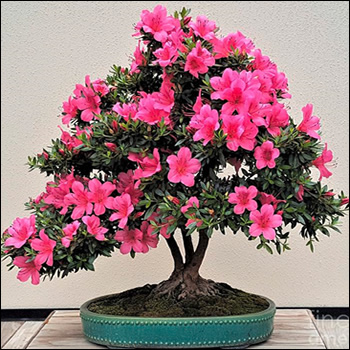
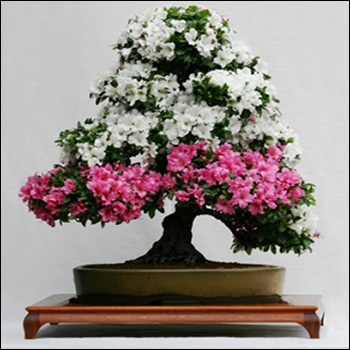
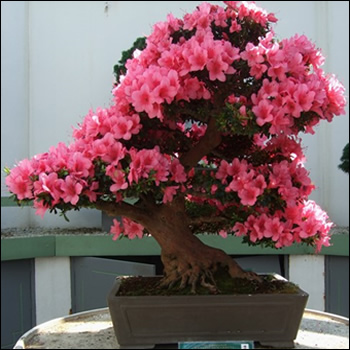
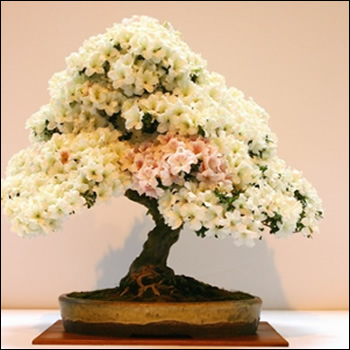
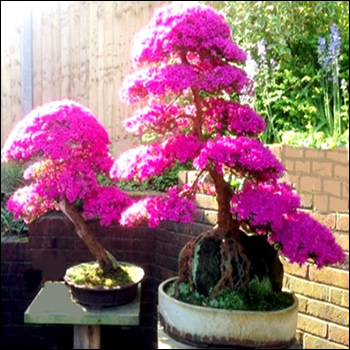
Web design: nysys